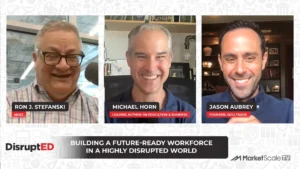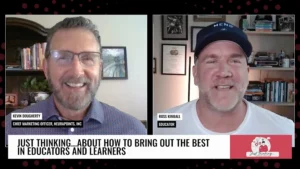Energy Grid Workers Need Revamped Skills Training to Meet the Coming Energy Infrastructure Evolution
Last year, the government passed the Inflation Reduction Act, which designated $370 billion toward energy security and climate action. That could mean adding 1.5 million jobs by 2030. The only problem? It’s unclear who will fill these jobs. The number of qualified workers, especially in the energy sector, is dwindling, and the corresponding skills training needed to meet the coming energy infrastructure evolution is lacking.
The Biden administration wants 100% clean electricity by 2035, which means we need new technologies to decarbonize industrial production and electricians to build them. These new technologies need to create ways to electrify systems currently powered by fossil fuels. To make the transition a reality, the energy industry needs skilled electricians, as well as other skilled workers, like solar installers and wind installers. The industry currently doesn’t have enough of these workers, let alone ones trained on the current skills needed, to make the scaled transition to clean energy complete any time soon. But how do we get there?
Brian Higgins, Director of Advanced Technology at Babcock & Wilcox, is optimistic about the industry’s energy infrastructure evolution, but reiterates how important it is for the industry to improve its training.
Brian’s Thoughts
“As we combat climate change, we need new technologies to decarbonize industrial production. We have some very large incentives that the government has passed recently, and this is really driving a lot of innovation and new technology. These are new technologies that are similar to old technologies, but different.
They’re different enough that we need new people with new skills, and this is gonna take some training and it’s gonna take some involvement. B&W is bringing some new technologies to market that needs these new skills, and we found that we need to hire and bring in talent that can be trained to operate and build and bring to market these new technologies. There’s lots of opportunity, lots of excitement, and we’re looking forward to solving these climate change problems together.”
Article written by Adrienne St. Clair.








